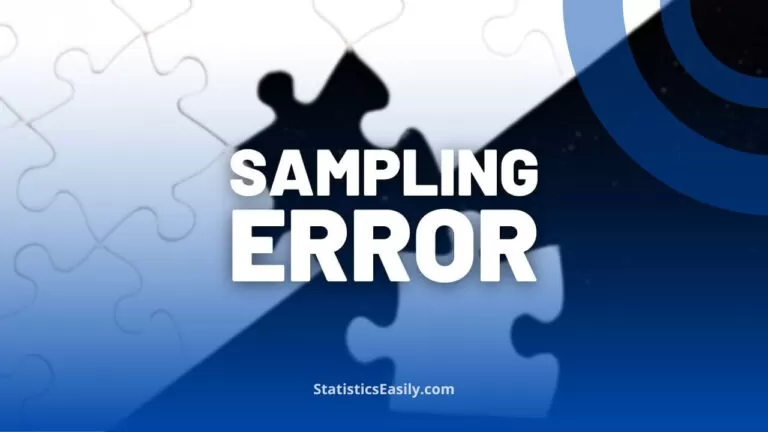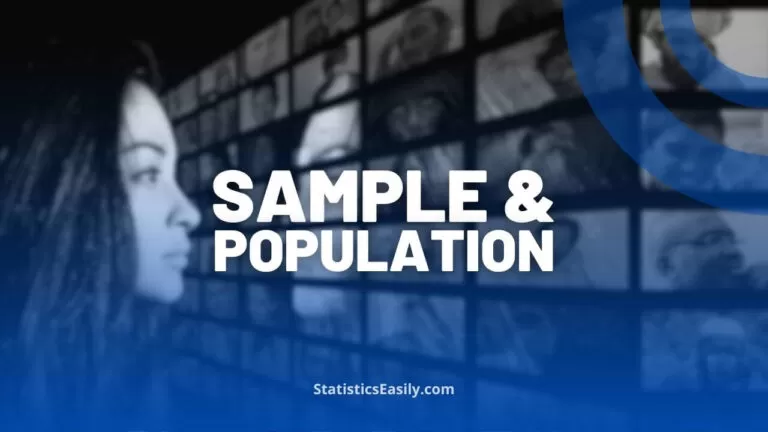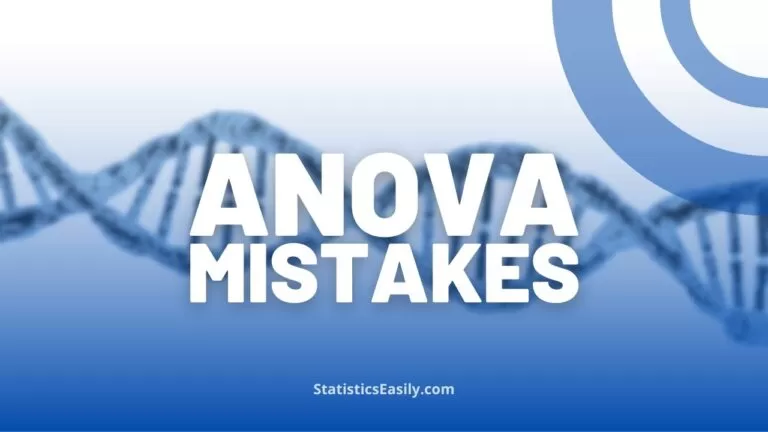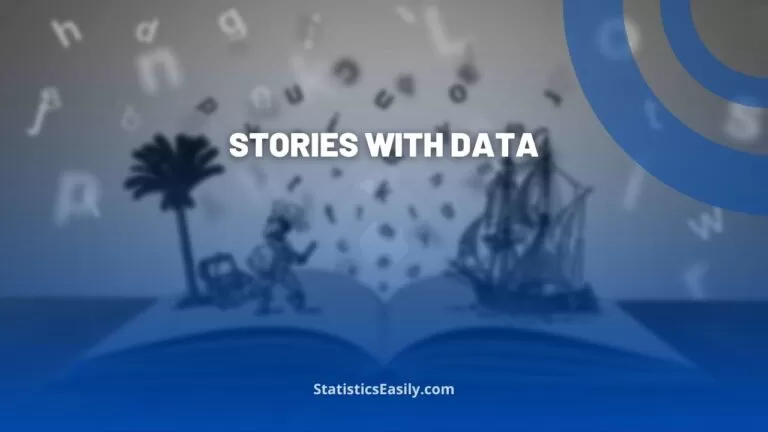If You Torture the Data Long Enough, It Will Confess to Anything
You will learn the crucial balance between data interrogation and ethical analysis to prevent misleading conclusions.
Introduction
The maxim “If you torture the data long enough, it will confess to anything” is a poignant caution in data science, echoing the critical need for ethical scrutiny in data analysis. This sentiment, attributed to various thought leaders over time, encapsulates the peril of data manipulation — where relentless and skewed data interrogation can lead to spurious and misleading conclusions. In statistical analysis, this adage serves as a stark reminder of the fine line between rigorous inquiry and the undue coercion of data, underscoring the paramount importance of adhering to ethical standards to preserve the integrity and truthfulness of analytical outcomes. The ethical considerations in data analysis are not merely academic or theoretical concerns but are fundamental to ensuring the reliability and credibility of data-driven decisions that increasingly shape our society and its future.
Highlights
- Misinterpretation of data can lead to false conclusions, impacting societal decisions.
- Ethical guidelines in data analysis prevent manipulation and preserve truth.
- Case studies reveal the consequences of overstretched data interpretations.
- Best practices in data science ensure accuracy, reliability, and integrity.
- Transparency in methodology builds trust in data-driven findings.
Ad Title
Ad description. Lorem ipsum dolor sit amet, consectetur adipiscing elit.
The Evolution of a Statistical Adage
The adage “If you torture the data long enough, it will confess to anything” humorously underscores the dangers of misusing statistical methods to force data to yield desired outcomes. This phrase has been attributed to scholars, including Nobel Prize-winning economist Ronald Coase. However, its earliest recorded use was by British mathematician I. J. Good in a 1971 lecture, where he mentioned, “As Ronald Coase says, ‘If you torture the data long enough, it will confess.'”
The metaphorical expression evolved, with variations such as “If you torture the data enough, nature will always confess,” hinting at data manipulation to support preconceived hypotheses. The origins of this saying trace back to the statistical community’s discussions and warnings about the ethical use of data.
Charles D. Hendrix’s 1972 lecture, “If You Torture the Data Long Enough It Will Confess,” and Robert W. Flower’s 1976 commentary highlight the growing awareness of this issue within the scientific community. Coase’s use of this expression in the 1980s popularized it, emphasizing the critical need for integrity in data analysis.
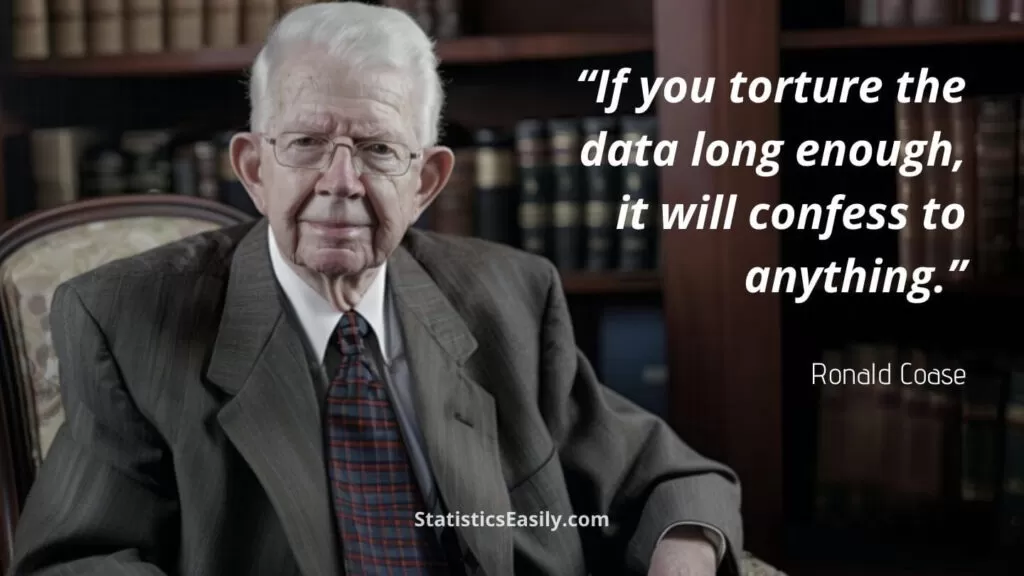
The Temptation to Torture Data
In the analytical journey, the temptation to manipulate data emerges when results do not align with initial hypotheses or expectations. Standard practices leading to data manipulation can involve:
Selective Data Use, commonly known as cherry-picking, is a method where an individual selectively presents data that confirms a particular hypothesis or bias while conveniently disregarding data that contradicts it. This practice can seriously skew the understanding of a situation, as it does not provide a complete and balanced view of the data set. For example, if a study aimed to analyze the effect of a drug, only reporting results from the successful trials without acknowledging the instances where it failed or had an adverse impact would be misleading.
P-Hacking, or data fishing, involves performing multiple statistical tests on a data set and selectively reporting those results that appear statistically significant. This practice increases the likelihood of type I errors or false positives, as the more tests are conducted, the greater the chance of finding at least one statistically significant result by chance. Without correction for multiple comparisons, such as using the Bonferroni correction or False Discovery Rate, p-hacking can lead to spurious claims of causation when there is none.
Overfitting Models occur when a statistical model describes random error or noise in the data rather than the underlying relationship. This often happens with overly complex models that have too many parameters relative to the amount of data. While these models might perform very well on the training data set, their predictions are often poor when applied to new data because they are not generalizable. They’ve learned the noise rather than the signal.
Data Dredging is the practice of extensively searching through large volumes of data to find patterns or correlations without a specific hypothesis in mind. While it can sometimes lead to exciting observations, more often than not, it results in identifying coincidental or random patterns that have no meaningful connection. When presented out of context or without rigorous testing, such relationships can be misleading, as they may be perceived as having a causal link when they are merely correlations.
These practices not only compromise the integrity of the analysis but also undermine the foundational principles of statistical science. Ethical guidelines and rigorous peer review are essential to safeguard against such temptations, ensuring that data analysis remains a tool for uncovering truth rather than distorting it for convenience or bias.
For a deeper understanding of these issues and strategies to mitigate them, consider exploring additional resources on data ethics and statistical best practices.
Case Studies: Confessions Under Pressure
Real-life examples abound where data was misinterpreted or manipulated, often leading to significant public and private consequences.
1. Vaccine Efficacy Reports: A notable case arose when reports on a new vaccine’s efficacy rate were presented without appropriate context, leading to public confusion. Initial data suggested a 95% efficacy rate. However, further clarification was needed to explain that this figure was relative to the study’s conditions and not necessarily applicable to broader, real-world scenarios. Misrepresenting such critical health data could lead to vaccine hesitancy and unwarranted overconfidence in the vaccine’s protective abilities.
2. Facebook and Cambridge Analytica: In a highly publicized case, Cambridge Analytica acquired and misused personal data from nearly 87 million users without explicit permission, leading to a $5 billion fine for Facebook by the Federal Trade Commission and Cambridge Analytica’s bankruptcy.
3. Misleading Graphs in Media:
- USA Today: Known for cluttered graphs, one such graph exaggerated the welfare issue by starting the y-axis at 94 million, distorting the scale of the problem.
- Fox News: Used graphs with misleading scales to portray political and economic data, such as the impact of the expiration of the Bush tax cuts and unemployment trends during the Obama administration, leading to misconceptions about the actual data.
4. Global Warming Data: A graph showcasing only the first half of the year’s temperatures implied a dramatic rise in global warming, omitting the entire yearly cycle and leading to incomplete data interpretation.
The Ethical Path: Data Analysis Best Practices
Data integrity in statistical analysis is crucial for producing reliable and truthful results. This section outlines vital methodologies that uphold ethical standards in data analysis.
Methodology Transparency: Transparency is fundamental in data analysis. It involves documenting the data collection processes, analysis methods, and decision-making rationales. By being transparent, researchers allow their work to be replicated and validated by others, which is essential for maintaining the credibility of the results.
Reproducibility and Replication: A sound analytical study should always aim for reproducibility and replication. Reproducibility refers to the ability of other researchers to produce the same results using the original data set and analysis methods. Replication goes further, where independent researchers achieve the same conclusions using different datasets and possibly different methodologies.
Avoiding Data Manipulation: To avoid the pitfalls of data manipulation, such as p-hacking or data dredging, analysts must commit to and adhere to a hypothesis before data analysis. Pre-registering studies and declaring intended data analysis methods before examining the data can help mitigate these issues.
Peer Review and Validation: Peer review serves as a quality control mechanism, providing an objective data analysis assessment. Incorporating feedback from the scientific community can reveal potential biases or errors in the study, strengthening the integrity of the findings.
Ethical Training and Education: Continuous ethical training for data analysts is vital. Understanding the moral implications of data misuse can prevent unethical practices. Educational institutions and professional organizations should emphasize ethical standards in their curricula and codes of conduct.
Use of Proper Statistical Techniques: Appropriate statistical tools and tests are paramount. Analysts should use statistical techniques suitable for their data’s nature and distribution, ensuring that the conclusions drawn are valid and reflect the true signal in the data.
Regular Auditing: Regular audits of analytical processes help identify and correct deviations from ethical standards. Audits can be internal or conducted by external independent parties, fostering an environment of accountability.
Balancing Technology and Human Oversight: While advanced analytical tools and AI can efficiently process vast amounts of data, human oversight is necessary to contextualize findings and avoid misinterpretations. Analysts should balance the use of technology with their judgment and expertise.
Consequences of Data Misuse
The misuse of data through unethical practices has far-reaching implications that extend beyond academic and scientific communities, deeply affecting society.
Erosion of Public Trust: When data is manipulated, the first casualty is often the public’s trust. Once trust is compromised, it can take years to rebuild, if at all. The cases of misinformation can lead to a general skepticism about the reliability of data, which is detrimental in an era where informed decision-making is more critical than ever.
Policy Misdirection: Misinterpretation or deliberate manipulation of data can directly influence policy-making. Policies based on inaccurate data may not address the real issues, leading to ineffective or harmful societal interventions.
Economic Ramifications: Businesses and economies rely on accurate data for market analysis, risk assessment, and investment decisions. Data misuse can result in flawed business strategies, financial losses, or even wider economic instability.
Social and Ethical Consequences: When data is used to mislead or harm, there are profound ethical concerns. Privacy breaches, such as the misuse of personal data without consent, can have significant social ramifications, including identity theft and the erosion of personal freedoms.
Scientific Setbacks: In science, the consequences of data misuse can halt progress. Research based on manipulated data can lead to wasted resources, misdirected efforts, and potentially harmful scientific and medical advice.
Educational Impact: The educational impact is also significant. Future data scientists and analysts learn from existing research and practices. Unethical data practices set a poor precedent, potentially fostering a culture where such behavior is normalized.
Judicial Misjudgment: In the legal arena, decisions based on manipulated data can lead to miscarriages of justice. Evidence must be consistently presented to ensure fair and just legal outcomes.
Mitigating the Consequences: To mitigate these consequences, a concerted effort must be made to promote ethical data analysis. This includes comprehensive education on the importance of ethics in data, the development of robust methods to prevent data misuse and the implementation of strict guidelines and oversight by regulatory bodies.
Ad Title
Ad description. Lorem ipsum dolor sit amet, consectetur adipiscing elit.
Conclusion
Ethical data analysis is the keystone in scientific integrity and societal trust. It ensures that the conclusions drawn from data lead to genuine insights and beneficial outcomes for communities and individuals. As the digital age advances, data fidelity becomes not just a scientific necessity but a societal imperative, as it shapes decisions that affect the fabric of our lives. Therefore, upholding ethical standards in data analysis is not just about maintaining academic rigor; it’s about fostering a just and informed society committed to pursuing what is true.
Recommended Articles
Delve deeper into ethical data science with our curated articles. Expand your understanding and uphold the integrity of your analyses.
- Correlation in Statistics: Understanding the Link Between Variables
- Join the Data Revolution: A Layman’s Guide to Statistical Learning
- Statistics And Fake News: A Deeper Look
- Unlocking T-Test Secrets (Story)
- How To Lie With Statistics?
Frequently Asked Questions (FAQs)
Q1: What constitutes data manipulation? Data manipulation is the deliberate alteration of data to distort results, which can mislead or produce predetermined outcomes, thus breaching the integrity of the data.
Q2: Why is adherence to ethical data analysis crucial? Ethical data analysis is imperative to maintain the accuracy, trustworthiness, and actual value of data, which underpins critical decision-making processes in society and ensures the reliability of research findings.
Q3: Is it possible for data to ‘confess’ to any claim? Data itself is neutral; however, improper analytical techniques can seemingly contort the data to support any assertion, underscoring the necessity for ethical analysis practices to prevent misleading interpretations.
Q4: What are prevalent data manipulation techniques to be wary of? Standard methods include p-hacking, cherry-picking data that suits a narrative while dismissing contrary evidence, overfitting models, and data dredging without a guiding hypothesis.
Q5: How does one prevent unethical data practices? Prevention of unethical practices can be achieved by adhering to transparent, reproducible methodologies and upholding stringent ethical guidelines throughout the data analysis process.
Q6: What is the role of peer review in data analysis? Peer review is a fundamental component in safeguarding data integrity, offering a rigorous evaluation to ensure analyses are robust, verifiable, and free from biases or manipulation.
Q7: What repercussions can arise from data misinterpretation? Data misinterpretation can lead to false conclusions that may adversely influence public policies, business strategies, and general opinion, potentially causing widespread societal and economic impacts.
Q8: How should data analysts uphold ethical standards? Data analysts can maintain ethical standards by engaging in ongoing education and ethical training and adhering to established professional and scientific guidelines.
Q9: Why is transparency in data pivotal? Transparency is essential to foster trust, facilitate independent verification of results, and enhance the replicability of findings, thereby bolstering the legitimacy of data-driven conclusions.
Q10: How does one distinguish between rigorous and manipulated data analysis? Thorough analysis is characterized by methodological soundness, reproducibility of results, and robust peer review, in contrast to manipulated analysis, which often lacks these qualities.



